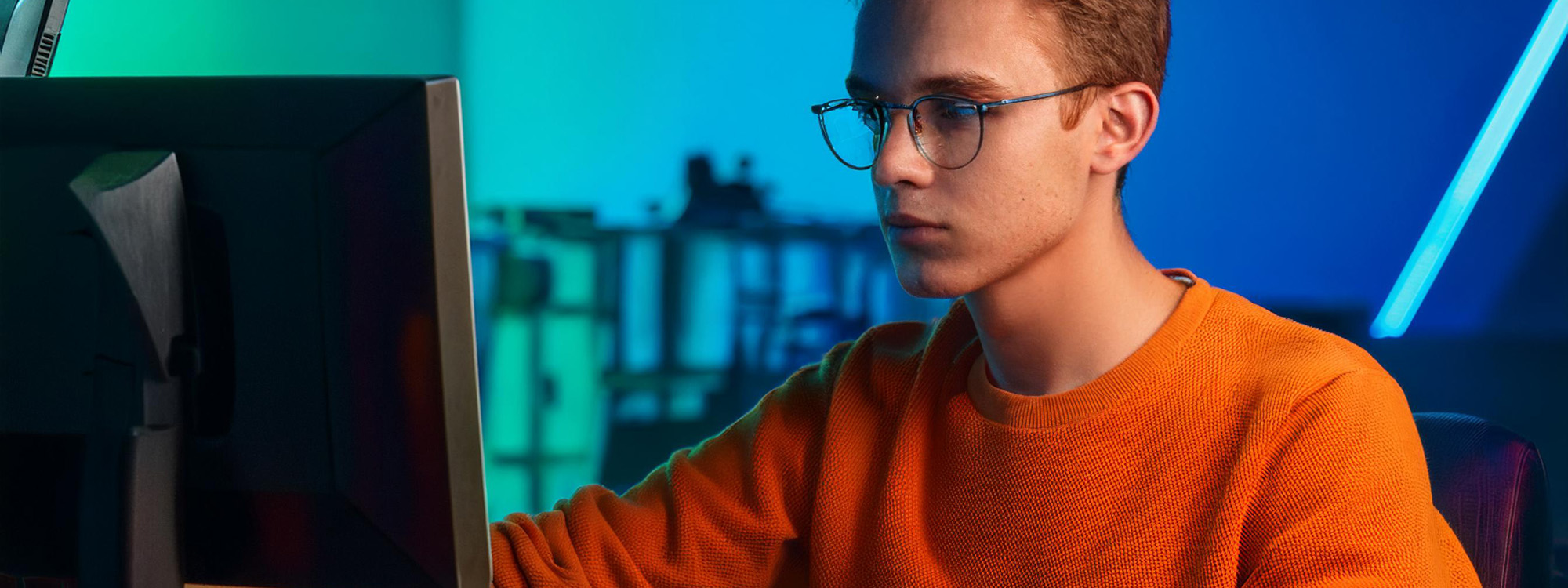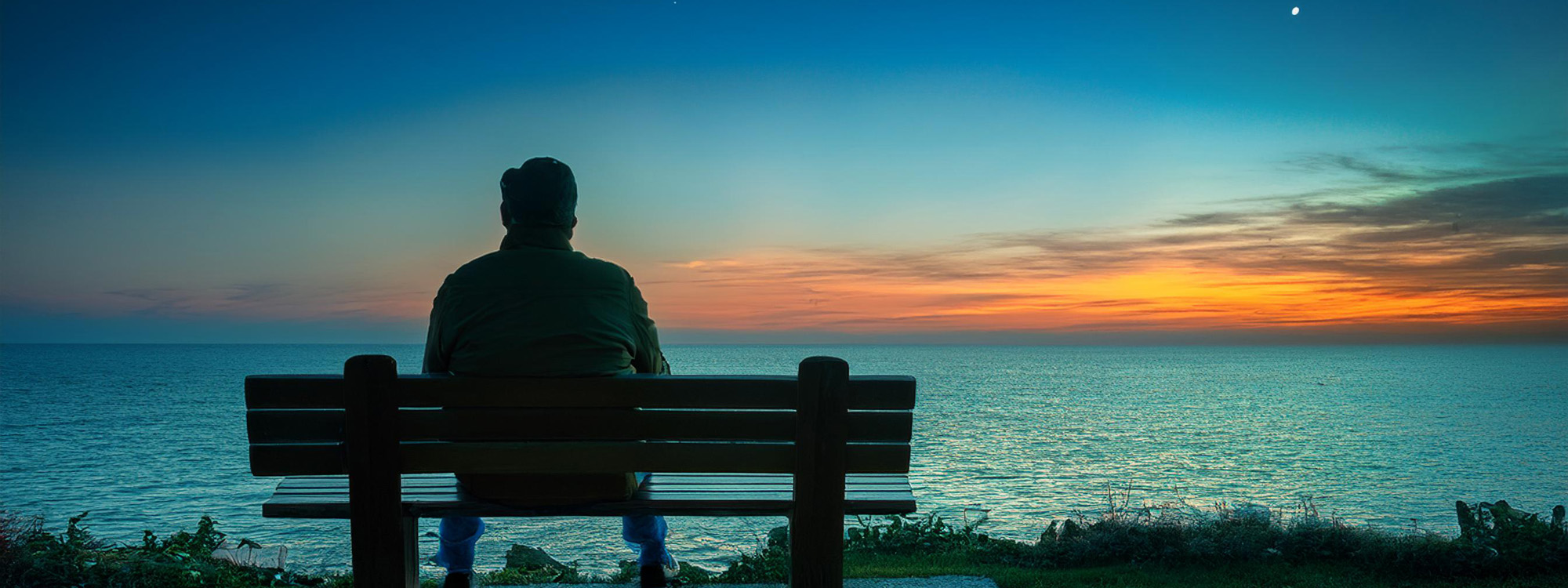| |
Child sexual abuse material, known legally as child pornography, is a blight on children's lives. But what if you're the kind of person it's aimed at? I'm one of a group of people you might have started to hear about by now: under the name of ‘virtuous pedophiles' we are people who experience attraction to minors but choose not to act on it or to commit other related offences. Since I first became aware I was a pedophile, I have dealt with the temptation to view child pornography. Here's a little about that experience.
Trigger warning: some of the below might potentially be distressing for victims of sexual abuse. I have tried not to sensationalise, but to be honest about what I saw and what I felt.
My history: when I was eleven, I started feeling attractions to other boys my age and I found I wasn't afraid of this idea. It was the eighties, the dawn of an era when it was possible to be gay and for that not to be wrong. So after a while, I came out. I suffered a lot of bullying, but bullying was nothing new to me and it never made me feel there was anything wrong with my sexuality.
Then in my mid-teens I realised that I was experiencing attractions to younger boys — aged maybe eleven, ten, younger — as well as adults.
The part of my brain that was unafraid of ideas saw no more wrong in this than in my wholly unrequited fantasies about adult men. The feelings I felt and the boys I quietly idolised seemed innocent, pure, good. I couldn't see myself in the role of the horrible, unctuous, secretive middle-aged strangers that fit the name ‘pedophile'. I knew I wasn't malicious; I didn't want to hurt anyone. I felt gentle, sympathetic feelings toward kids — albeit with this odd sexual element — and of course I was still a kid myself in many ways.
I just noticed the feelings, felt curious about them and let them be but I sensed other people would not like them. And I knew that ‘coming out' as a teenage ‘boy-lover' was not possible as it had become by that time for a gay teenager.
Repression seemed wrong, but preferable to everyone knowing.
I stayed quiet but it was still there and like anyone who finds they are different, I couldn't just ignore it. I needed to learn about it; I needed cool, accurate information, facts over myths; I needed to hear about other people like me; I needed role-models, people who had been through this and come out OK; I needed reasons why I turned out this way; I needed someone to talk to; I especially needed reasons not to believe I was an evil person, because when I thought hard about what I was, I started to fear that maybe, after all, I might be.
Some limited support was available to gay teens in the eighties, if they knew where to look and were brave enough. But as regards homosexual pedophilia, all that existed was a patchy mixture of sources— each reductive in its own way. I scoured social science books, journalism, lurid tabloid stories, hints in biographies of famous composers and writers — and of course, gay fanzines and erotica. In those days the line separating gay culture from pederasty was not as thickly drawn as it now is.
Erotica was the most difficult of these to find and the hardest to justify searching for. Did I need it? No, but it was certainly something I wanted. Yes, I could use my own imagination, and did. I could add imaginary details to existing non-sexual works of literature. I could gaze at magazine adverts and make up my own stories about the boys in them.
But it was different when I could use someone else's imagination and narrative. It felt more validating, less like I was the only person in the world with these thoughts. It certainly felt that way when I read my first ‘gay novels' as a teenager. It made it possible for me to feel: other people are into this. I am not alone.
There were a smattering of books about ‘intergenerational' homosexual relationships available in gay bookshops, usually under the imprint of the Gay Men's Press. These were literature, not erotica, but nonetheless included some explicit scenes. And like their infamous heterosexual forerunner, Lolita, they could be read selectively for reasons apart from their literary qualities.
Somewhere around the point I was finding and buying these books, I also discovered that I knew people who had been sexually abused as children. That forced me to think more seriously about what was real and what was fantasy.
Was I interested in images as well as text? Yes. I saw the Dutch movie For A Lost Soldier that depicts a romantic and sexual relationship between a twelve year old boy and a man in his twenties against the backdrop of the liberation of the Netherlands in 1945. The fact that it depicted the sexual elements so discreetly and in soft focus kept it on the right side of the law, but also had the effect of softening and sentimentalising the realities of what happens to the boy character. The romanticism of the film also airbrushed the more ambivalent relationship shown in the book on which it is based, Rudi Van Dantzig's memoir.
The film was an eye-opening experience but at the point of seeing it I had never been tempted to go further. The idealised nature of my fantasies about innocent boys made me chary of exploring more explicit, less tasteful and less character-focused material. I'm not sure this was from a fully-formed concern about victims. Frankly, I think I was just afraid porn would be tawdry.
Nonetheless, one afternoon I was in a cybercafé, and my curiosity started me reading, deliberately, a pedophile usenet newsgroup. I'd known it existed for some time and had probably looked in before. The alt hierarchy of newsgroups was infamous as a repository of erotic material for every taste, although you had to struggle to find meaningful posts amid snowdrifts of spam.
Some pedophiles were active on the newsgroup. I guess it was a shop front for the material and contact they had in the deeper, darker recesses of the internet. Samples of what was on offer surfaced.
What was I looking for there? All of the things I name above — although on closer inspection I wasn't sure if I wanted to become friends with any other pedophiles. Those that wrote comments seemed cynical, brutish, even flippant about their attractions. Nobody debated the morals of pedophilic actions. Nobody gave much away of themselves. Nobody admitted to doubts. They were probably all older than me. They were probably nastier too, I priggishly imagined.
Then I saw, in the top of a message thread, the first image in a series. I knew perfectly well that I would eventually see something like this. There was a part of me that had been looking out for it.
It showed a forlorn Indian or Sri Lankan street kid, perhaps six years old, malnourished, hair greasy, wide-eyed, serious-faced, sitting on a hotel bed in only his underpants.
The background was nondescript, grey tiles on the floor and halfway up the wall, I think. White paint above. It looked perfectly clean. The boy looked out of place.
He sat, one leg drawn up so he sat on his heel, the other dangling. His expression couldn't be read. He could have been apprehensive; he didn't seem bored or nonchalant. He didn't seem interested.
He didn't seem happy, either. Maybe he was even deploying an expression some older kid had taught him. Perhaps he'd been given alcohol or a pill.
Nothing was arousing about the image, neither its detail, nor what it promised. That boy belonged to a different world to the soft, well-educated, slightly spoiled boys that tended to appear in my imaginings: idealised versions of my younger self.
Nobody else was in the photograph, but there was the implicit man behind the camera, with no face, but with ideas in his head about what would happen next, perhaps even a list on a pad of shots he intended to get in the time his money had afforded.
I didn't smash the screen, nor run from the room to heave my guts up in horror. It wasn't like that. I just looked at the kid, for a few moments considered looking at more of the thread, felt suddenly afraid, closed the browser and got on with something else.
I don't know how moral a decision it was. One factor may simply have been that the boy in the photo simply wasn't that attractive to me. Had it been an older boy, one who looked less afraid, perhaps it might have pushed a button that made me view the next image, and the next after that. I'll never know.
But at any rate, I looked at the photo for less than twenty seconds and never returned to anywhere like that online again. It was in retrospect an important turning point. The fear of proximity to child porn was enough for me to avoid even trying to find any other pedophiles for years after that.
I only heard the terms ‘anti-contact pedophile' and ‘non-offending MAP' for the first time in the last few years, and on hearing them, finally, tentatively, cautiously, began to search for more about it, had my first online conversations with pedophiles like me, in online spaces where sharing pictures of children or discussing fantasies were banned. I realised that I'd never been the only one.
I'm older than most of the anti-contact pedophiles in this new generation. I suppose some of them are of the same generation as the boy in the photograph. They have faced a different challenge to me. At the time of the incident above, I was already in my twenties, and still without internet at home, while nowadays teenaged pedophiles have handheld devices that aren't overlooked by anyone; they have free VPNs and an exponentially larger set of searchable platforms.
And what might have happened to that street boy? I don't even know in detail what happened to him in the minutes after that first shot. I don't know whether he survived in the longer term. It's hard to imagine a happy sequel to what I saw.
I certainly didn't do him one bit of good by not looking at those pictures, and I know I'm not helping him by writing about it now.
But I know that that photograph I saw put me off child porn for life, and that I never went back to see more. It didn't stop me being a pedophile and I doubt anything could have. It isn't much, but it is something.
I know others were less fortunate than me.
Maybe in the future nobody will be faced with the same choice.
I think there is hope of that.
About the author: I have been writing and talking about the experience of being a pedophile since 2017. Once on twitter until my account was banned in 2020, I co-led Virtuous Pedophiles from 2021 to 2025. I now continue to look for ways to improve the lives of pedophiles, but never at the expense of harming children. I have never viewed illegal material, and never sought or engaged in sexual activity with any child. The rest of my life is countryside walking, friends, Radio 3 and feeling doleful about ageing. | |






 where pedophilia and hebephilia overlap
where pedophilia and hebephilia overlap comfortably numb
comfortably numb thread: what doesn't harm kids?
thread: what doesn't harm kids?